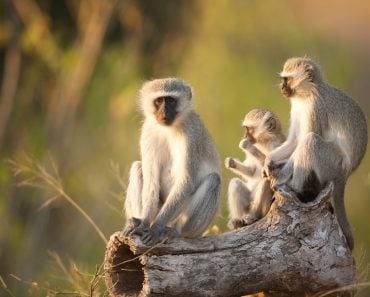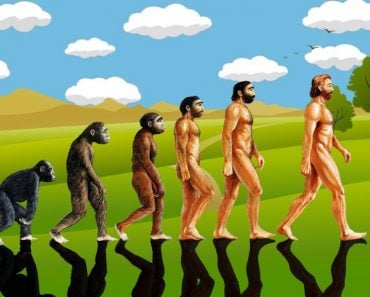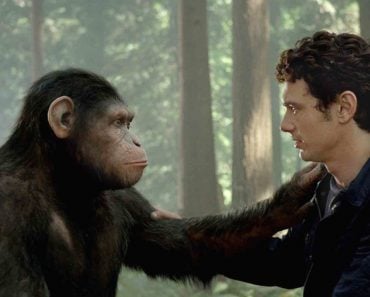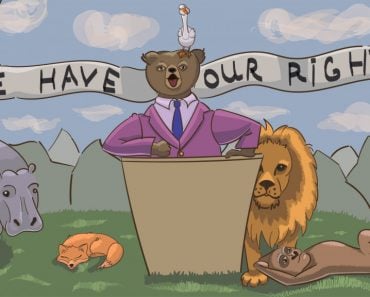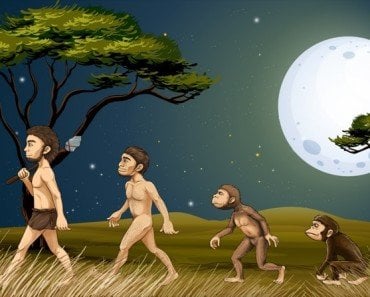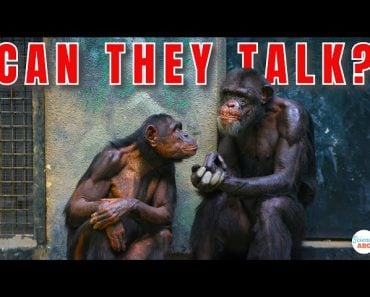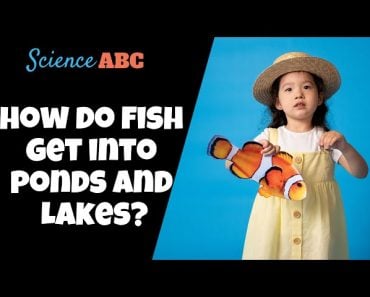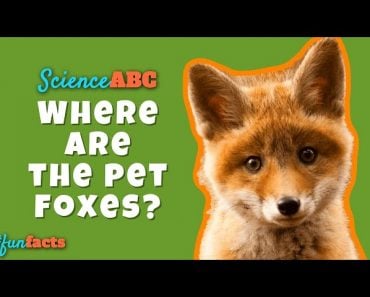Table of Contents (click to expand)
Humans aren’t the only animals that adopt. Chimps, whales, seals, and squirrels all adopt the young of their relatives and neighbors when necessary. But why do animals choose to adopt, instead of continuing their genetic lineage further and giving birth?
It’s no secret that many animals depend on their primary caregiver for survival. If an animal were to become orphaned, its chances of survival become much slimmer. Humans adopt and care for babies that aren’t genetically related to us, but what about this trait in non-human species?
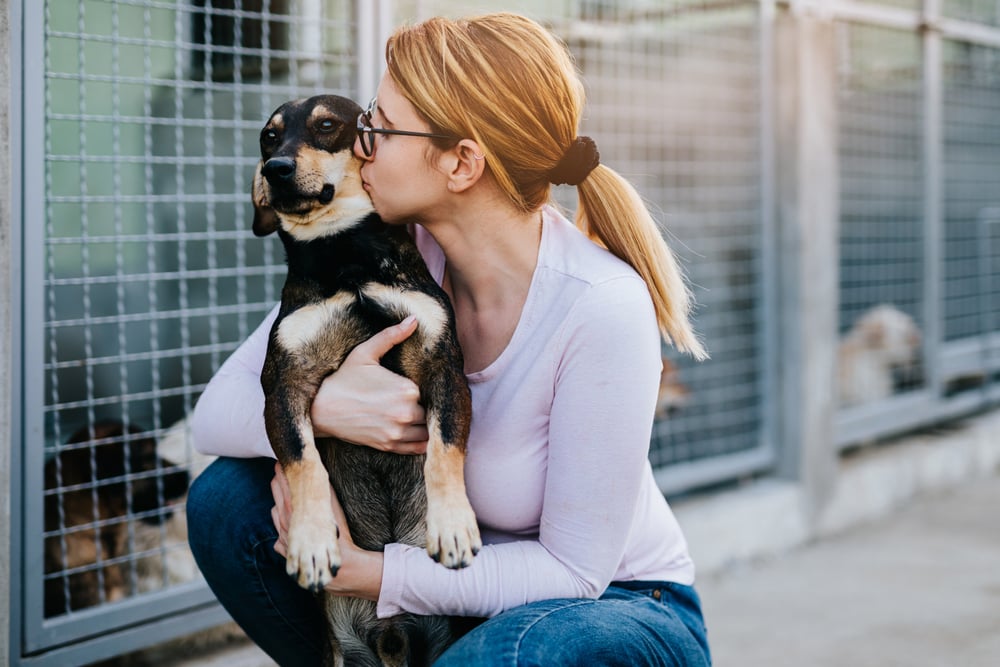
Recommended Video for you:
Animals Will Adopt Young Of Their Own Species
Many primates, along with humans, adopt orphaned young.
Scientists studying mountain gorillas found that a when a young gorilla lost their mother, the rest of the group jumped in to take care of the young. Even older chimpanzees were observed to ‘adopt’ younger siblings in the case of maternal loss.

As many as one-quarter to two-thirds of seal pups get separated from their mothers every year.
When seal pups become orphaned, they tend to look for a female that can nurse them back to health. In the seal community, females and adoptive pups are mutually benefited. It is as likely for a mother seal to lose her own pup as it is for a pup to lose its mother.
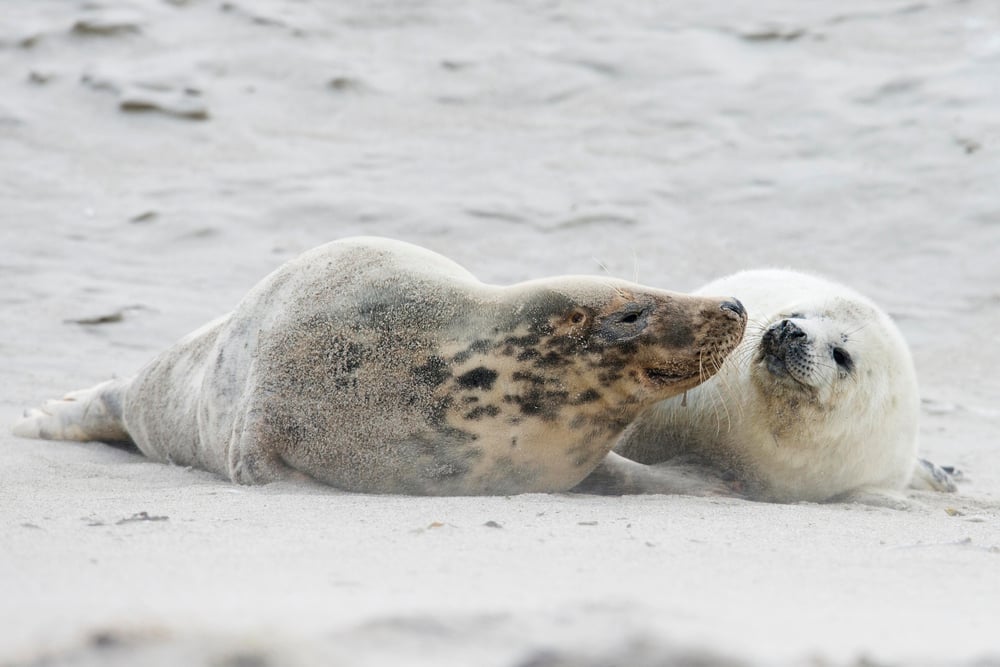
Why Do Animals Adopt?
From an evolutionary perspective, all animals are hard-wired to pass their genes to the next generation. Your biologically related sibling would share about 50% of their genetic material with you. Your cousin, on the other hand, would share about 25%.
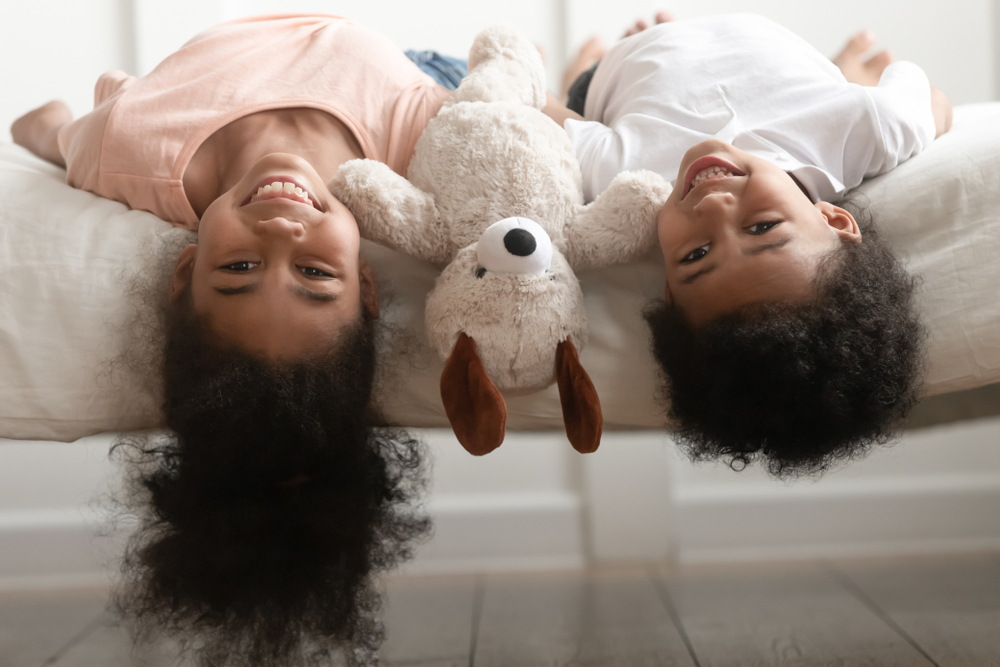
Therefore, if an animal were to face the unfortunate loss of its young, adopting its niece or nephew could ensure that some of its genetic material survives. This altruistic behavior is called kin selection. Moreover, giving birth to another offspring can be more taxing on resources than simply adopting one.
On the other hand, adoption can also be a costly affair. If the adoptee is unrelated to the foster parent, their genes would not be passed on. Adopting a new member would also require more precious resources, like food and energy. Until the new orphan is strong enough to fend for itself, the foster parent may not be able to care adequately for their own young.
Animals that live in social groups seem to adopt the most. Perhaps animals fail to recognize and distinguish their own young from the offspring others. Or maybe they choose to take in another member to increase the overall strength of their group. Animals are instinctually aware of the importance of large groups, especially the advantage it gives them in escaping predators.

Sometimes, Animals Adopt Across Species
In 2004, researchers witnessed a group of wild capuchin monkeys adopt a baby marmoset. They found the marmoset fully integrated in the capuchin monkey group. In 2011, a Caspian tern pair adopted two Ring-billed Gull chicks, the first instance of interspecies adoption seen in waterbirds.
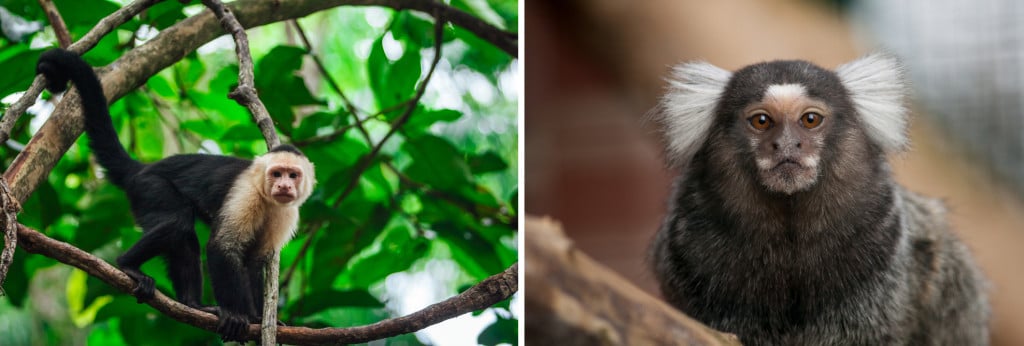
This is the extent of interspecies adoption recorded in literature. This type of adoption is rare, which makes it all the more difficult to observe and study.
Now, what about all the cute clips of lionesses adopting baby deer and antelope? Well, besides news reports and rangers occasionally sighting such behavior in the open savannah, there is almost no research on why lionesses may do this.
Brood Parasitism
Brood parasitism is when a parent leaves its egg in another bird’s nest, hoping for free adoptive care. Cuckoos and cowbirds are some of the most common parasites. The adoptive parent will have to provide the parasite chick with food, along with feeding its own young.
Sometimes, chicks leave the nest themselves. Scientists have observed young white storks leaving their birth nests to be adopted into a new nest, especially a nest with fewer chicks. This means that the adopted stork could get more food than in its previous nest, and the nest wouldn’t show aggression towards the new member.
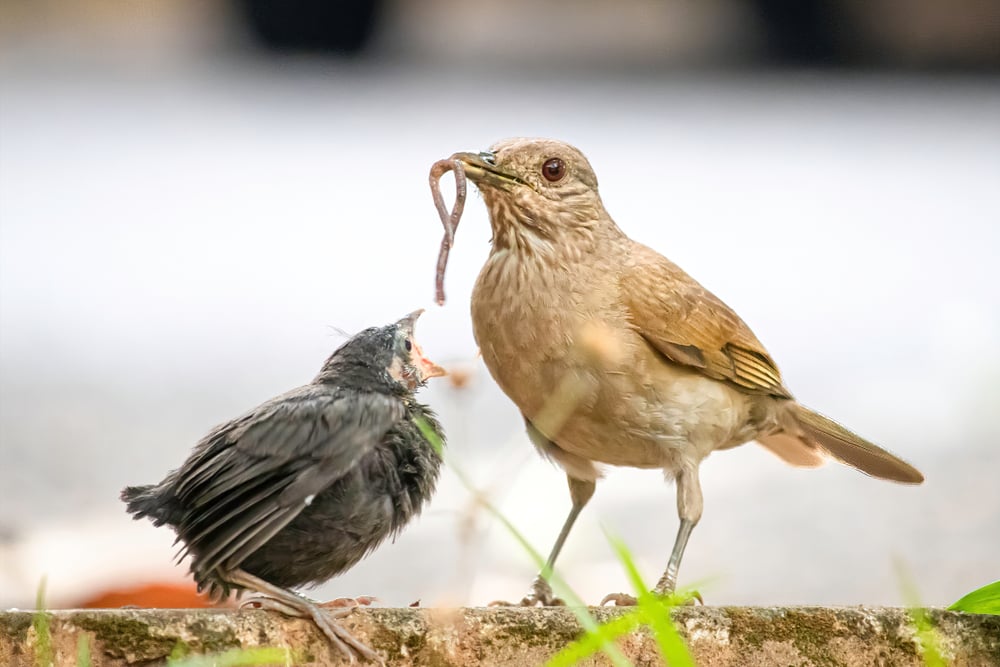
A Final Word
Sometimes, animals may put aside their inherent instincts and adopt other animals that aren’t closely related to them. Initially, scientists thought that adoption might only be possible in domesticated animals or those in captivity. However, it was soon observed that even their wild counterparts practice adoption. Studying animal behavior and adoption patterns in the wild can help further our knowledge on the subject, and remind us of the relational complexity within the natural world.
Whether they are mistaking other animals for their offspring, as rodents do, or genuinely intending to adopt, remains a mystery!
References (click to expand)
- Kramer, J., & Meunier, J. (2016, April 28). Kin and multilevel selection in social evolution: a never-ending controversy?. F1000Research. F1000 Research Ltd.
- Turjeman, S., Eggers, U., Rotics, S., Fiedler, W., Centeno‐Cuadros, A., Kaatz, M., … Nathan, R. (2021, February 25). Estimating nest‐switching in free‐ranging wild birds: an assessment of the most common methodologies, illustrated in the White Stork ( Ciconia ciconia ). Ibis. Wiley.
- SCHAEFF, C. M., BONESS, D. J., & BOWEN, W. D. (1999, February). Female distribution, genetic relatedness, and fostering behaviour in harbour seals,Phoca vitulina. Animal Behaviour. Elsevier BV.
- REDONDO, T., TORTOSA, F. S., & deREYNA, L. A. (1995, April). Nest switching and alloparental care in colonial white storks. Animal Behaviour. Elsevier BV.
- YOM‐TOV, Y. (1980, February). Intraspecific Nest Parasitism In Birds. Biological Reviews. Wiley.
- Deets, A. C., & Harlow, H. F. (1974, September). Adoption of single and multiple infants by rhesus monkey mothers. Primates. Springer Science and Business Media LLC.
- Ellsworth, J. A., & Andersen, C. (1997). Adoption by captive parturient rhesus macaques: Biological vs. adopted infants and the cost of being a “twin” and rearing “twins”. American Journal of Primatology. Wiley.
- Riedman, M. L., & Le Boeuf, B. J. (1982, November). Mother-pup separation and adoption in northern elephant seals. Behavioral Ecology and Sociobiology. Springer Science and Business Media LLC.
- Izar, P., Verderane, M. P., Visalberghi, E., Ottoni, E. B., Gomes De Oliveira, M., Shirley, J., & Fragaszy, D. (2006). Cross-genus adoption of a marmoset (Callithrix jacchus) by wild capuchin monkeys (Cebus libidinosus): case report. American Journal of Primatology. Wiley.
- Morrison, R. E., Eckardt, W., Colchero, F., Vecellio, V., & Stoinski, T. S. (2021, March 23). Social groups buffer maternal loss in mountain gorillas. eLife. eLife Sciences Publications, Ltd.
- Wood, E. K., Espinel, W. F., Hunter, J., Emmett, A., Skowbo, A. N., Schwandt, M. L., … Higley, J. D. (2021, November). The Effects of At-Birth Adoption on Atypical Behavior and Anxiety: A Nonhuman Primate Model. Journal of the American Academy of Child & Adolescent Psychiatry. Elsevier BV.

